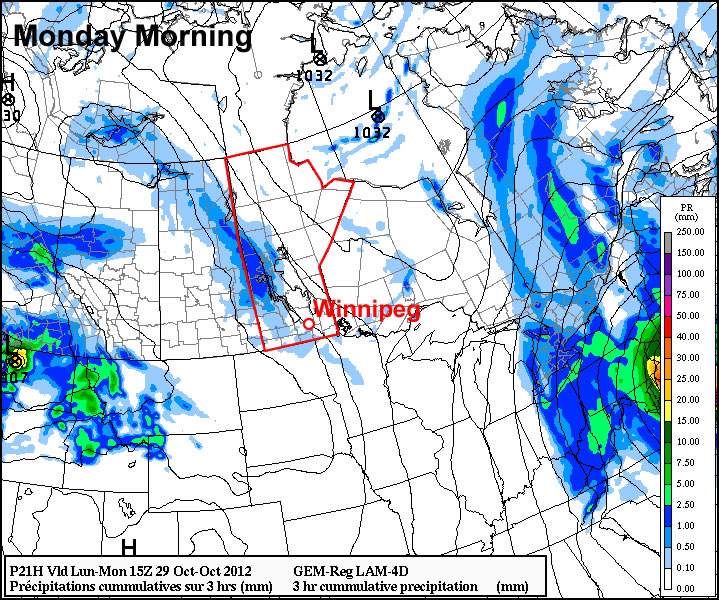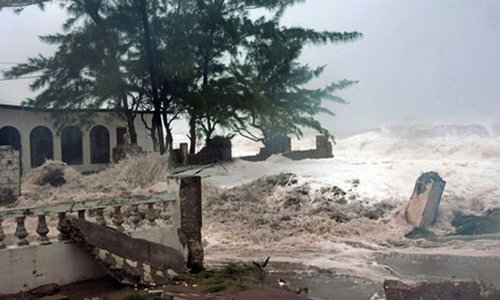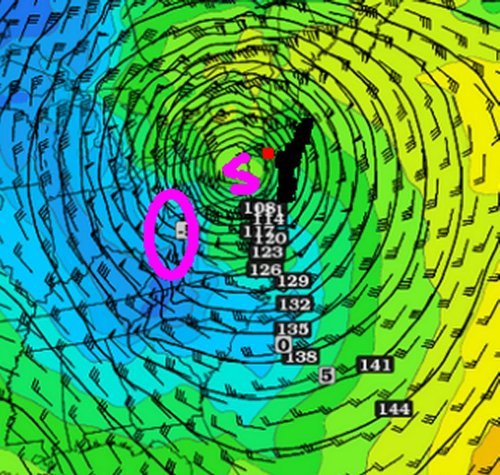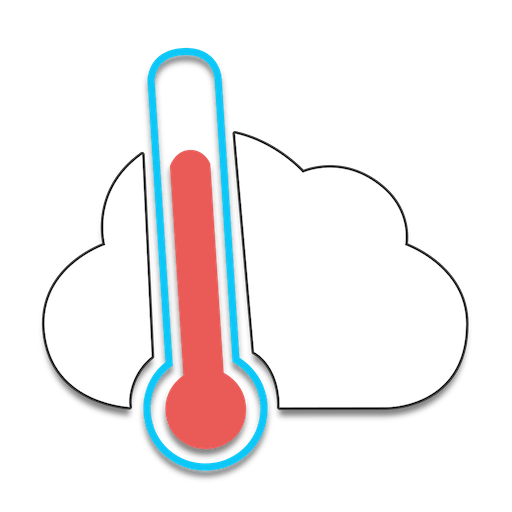Superstorm Sandy
Since last week’s report on Hurricane Sandy, the storm system made landfall in New Jersey and caused damage that will take months to repair. Just prior to making landfall, Sandy transitioned into an extratropical storm. Hurricane-force winds were still experienced just off the Jersey coast and tropical storm-force winds spanned an incredible 1520km. The storm surge associated with Sandy was the most devastating aspect of the storm as areas along the coast suffered from severe flooding, including Manhattan. At The Battery in New York, the storm surge of 13.88 feet shattered previous records by over two feet. The worst case scenario played out as high tide came in at the same time storm surge was maximized. Sandy also disabled power to over 8.9 million residents on the east coast shortly after it made landfall, and 1.2 million of those are still missing power as of Friday night.
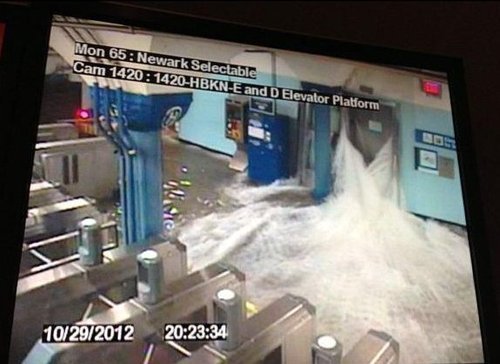
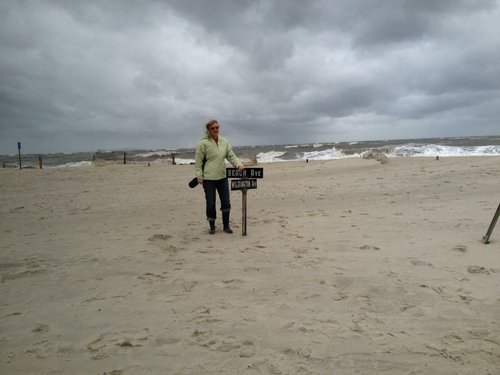
The hardest hit areas appear to be Staten Island where major flooding occurred and houses for streets on-end were completely flooded and inhabitable. In Breezy Point, New York, a large blaze broke out due to downed power lines that were toppled over from the tropical storm-force winds blowing so fiercely; this resulted in 80 houses burnt down to the ground. In the nearby state of New Jersey, towns along the New Jersey Shore were inundated by water and whole amusement parks could be seen partly submerged.
On the backside of Sandy it was a different story, where in West Virginia it was not rain or storm surge that caused damage, it was the snow. After Sandy moved further north-eastward and snow moved out of the region, it was not uncommon to see 60cm of snow and up to 91cm in some areas, as reported in Richwood, West Virginia.
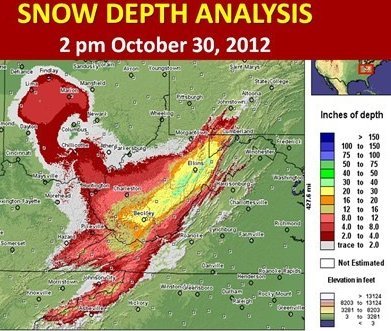
Although it is still very early in the clean-up, damages are expected to be in the tens of billions – one of the worst storms for the Northeast, ever. The death toll has also risen significantly in the last couple of days, where the tally has reached 109 in the US alone, and 175 across the US and Caribbean combined.
The clean-up will continue to be a chilly one for those without power as temperature highs will only be reaching single digits in the states that were hit the hardest.

